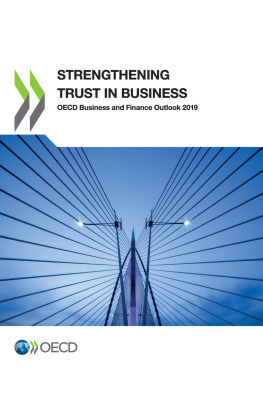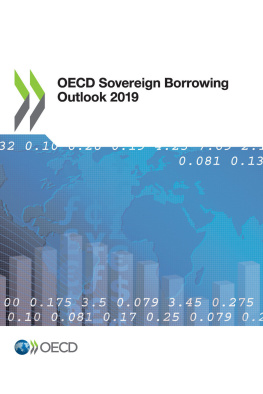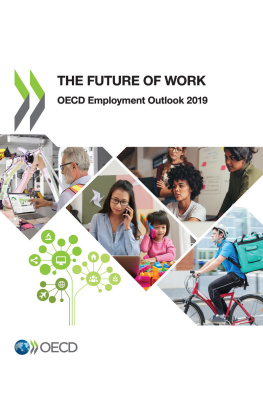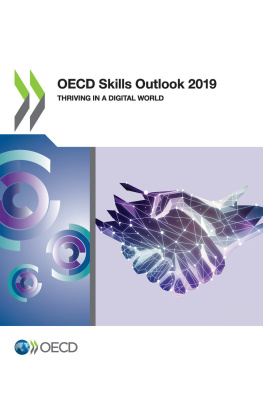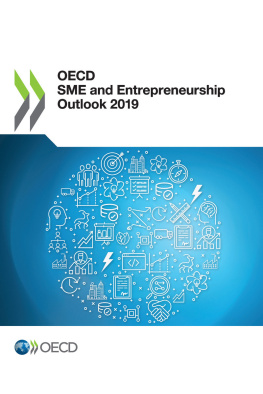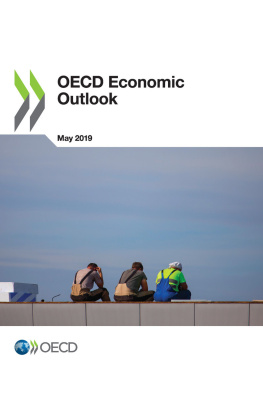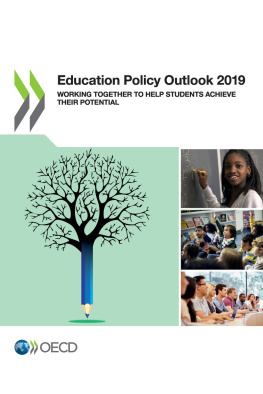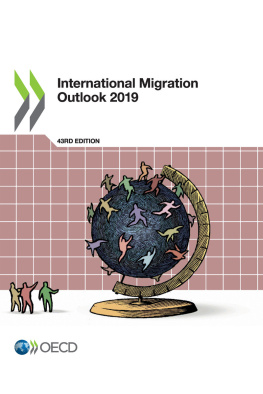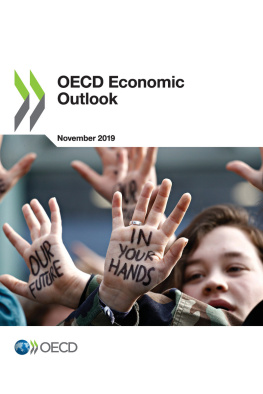OECD and FAO - OECD-FAO Agricultural Outlook 2019-2028
Here you can read online OECD and FAO - OECD-FAO Agricultural Outlook 2019-2028 full text of the book (entire story) in english for free. Download pdf and epub, get meaning, cover and reviews about this ebook. year: 2019, publisher: OECD Publishing and FAO, genre: Politics. Description of the work, (preface) as well as reviews are available. Best literature library LitArk.com created for fans of good reading and offers a wide selection of genres:
Romance novel
Science fiction
Adventure
Detective
Science
History
Home and family
Prose
Art
Politics
Computer
Non-fiction
Religion
Business
Children
Humor
Choose a favorite category and find really read worthwhile books. Enjoy immersion in the world of imagination, feel the emotions of the characters or learn something new for yourself, make an fascinating discovery.
- Book:OECD-FAO Agricultural Outlook 2019-2028
- Author:
- Publisher:OECD Publishing and FAO
- Genre:
- Year:2019
- Rating:4 / 5
- Favourites:Add to favourites
- Your mark:
- 80
- 1
- 2
- 3
- 4
- 5
OECD-FAO Agricultural Outlook 2019-2028: summary, description and annotation
We offer to read an annotation, description, summary or preface (depends on what the author of the book "OECD-FAO Agricultural Outlook 2019-2028" wrote himself). If you haven't found the necessary information about the book — write in the comments, we will try to find it.
OECD-FAO Agricultural Outlook 2019-2028 — read online for free the complete book (whole text) full work
Below is the text of the book, divided by pages. System saving the place of the last page read, allows you to conveniently read the book "OECD-FAO Agricultural Outlook 2019-2028" online for free, without having to search again every time where you left off. Put a bookmark, and you can go to the page where you finished reading at any time.
Font size:
Interval:
Bookmark:
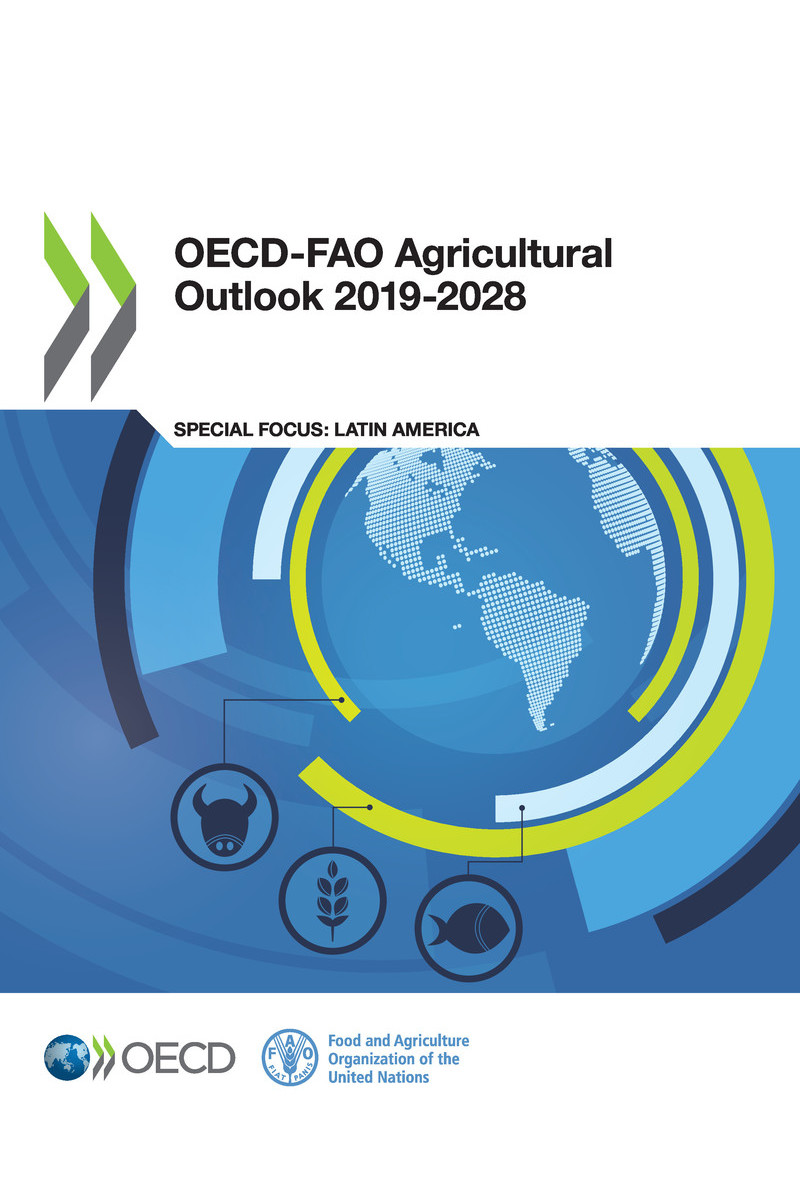
OECD/FAO (2019), OECD-FAO Agricultural Outlook 2019-2028 , OECD Publishing, Paris/FAO, Rome, https://doi.org/10.1787/agr_outlook-2019-en .
Global agriculture has evolved into a highly diverse sector, with operations that range from small subsistence farms to large multinational holdings. Farmers products are sold fresh in local markets, but also across the world through sophisticated and modern value chains. Beyond their traditional role of providing humankind with food, farmers are important custodians of the natural environment and have become producers of renewable energy.
In order to meet the high expectations society places on agriculture, public and private decision makers require reliable information on the likely trends of global demand, supply, trade and prices and the factors driving them. To this end, the OECD-FAO Agricultural Outlook is an annual reference that provides a comprehensive medium-term baseline scenario for agricultural commodity markets at national, regional and global levels.
In addition to providing a plausible baseline scenario for agriculture markets in the coming decade, the Outlook identifies a widening set of risks to agricultural markets that can help policy makers better anticipate and manage them. These include the spread of plant and animal diseases and the growing risk of extreme climatic events, as well as possible supply disruptions from growing trade tensions.
This OECD-FAO Agricultural Outlook 2019-2028 foresees that the demand for agricultural products will grow by 15% over the coming decade. The way in which this demand is met will determine the sectors impact on the natural resource base, notably land, water, and biodiversity. Rising food production also comes with higher greenhouse gas emissions, with nearly one quarter of all emissions coming from agriculture, forestry and land use change.
Unsurprisingly, there are now mounting pressures on agriculture to reduce its carbon footprint, and to help mitigate climate change.
At the same time, roughly two billion people derive their livelihoods from agriculture. Many of the worlds poorest people will continue to live in rural areas and will depend on agriculture for an important share of their incomes. Some 820 million people worldwide remain undernourished, while millions suffer from other forms of malnutrition, such as micronutrient deficiencies and obesity.
This report supports the work of our Members in their efforts to end hunger, achieve food security, improve nutrition, and promote sustainable agriculture by 2030, as committed under the Sustainable Development Goals (SDGs) and in the 2015 UN Framework Convention on Climate Change Paris Agreement.
This years Outlook includes a special chapter that focuses on the prospects and challenges for agriculture in Latin America and the Caribbean. While highly diverse, the region has become the largest exporter of agricultural commodities in the world and is expected to further reinforce this position in the coming decade. The region is also home to 57% of the worlds primary forests and the source of 40-50% of the worlds biodiversity. Tailored and concerted policy responses are needed across Latin America and the Caribbean to create an enabling environment that supports rural livelihoods, while protecting the natural resource base and promoting mutually beneficial trade relationships with food importing regions.
This report complements wider collaborative efforts between our two organisations, including through the G20 and G7 processes. In particular, the Agricultural Market Information System (AMIS) complements this medium-term Outlook by providing short-term information that contributes to enhanced market transparency and better co-ordination of policy responses for food security.
We hope that this new edition of our joint Outlook will once again provide our Member governments, as well as all other stakeholders, with useful forward-looking market information and analysis. These insights can empower countries to make informed policy decisions that will benefit their citizens and protect the natural resources that they depend upon. Our organisations are committed to working together to ensure a sustainable use of our natural resource base for improved global food security and nutrition, and to making a meaningful contribution to help achieve the SDGs.

Angel Gurra
Secretary-General
Organisation for Economic Co-operation and Development

Font size:
Interval:
Bookmark:
Similar books «OECD-FAO Agricultural Outlook 2019-2028»
Look at similar books to OECD-FAO Agricultural Outlook 2019-2028. We have selected literature similar in name and meaning in the hope of providing readers with more options to find new, interesting, not yet read works.
Discussion, reviews of the book OECD-FAO Agricultural Outlook 2019-2028 and just readers' own opinions. Leave your comments, write what you think about the work, its meaning or the main characters. Specify what exactly you liked and what you didn't like, and why you think so.




